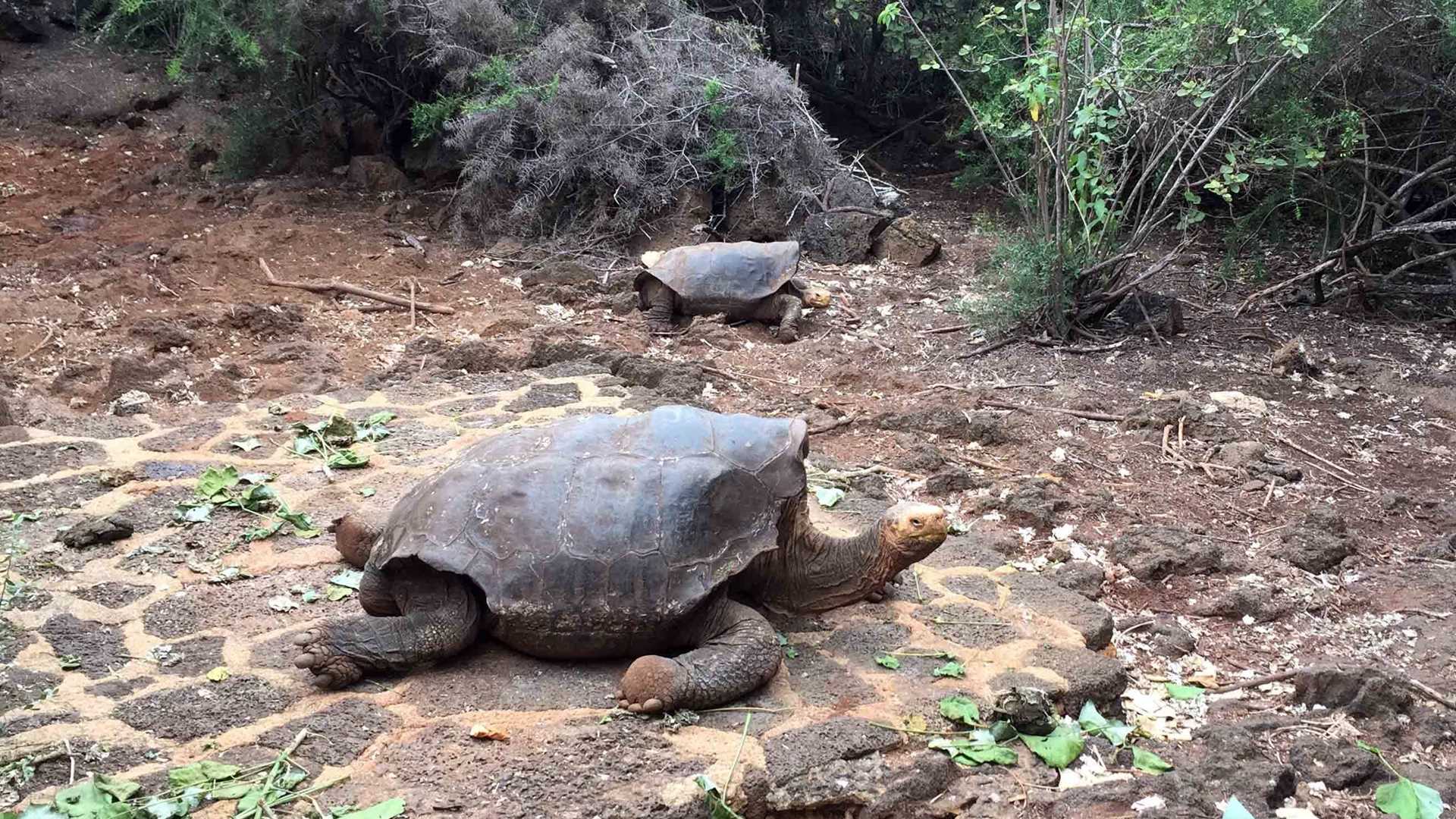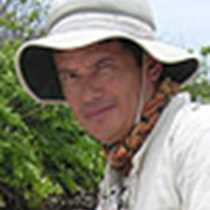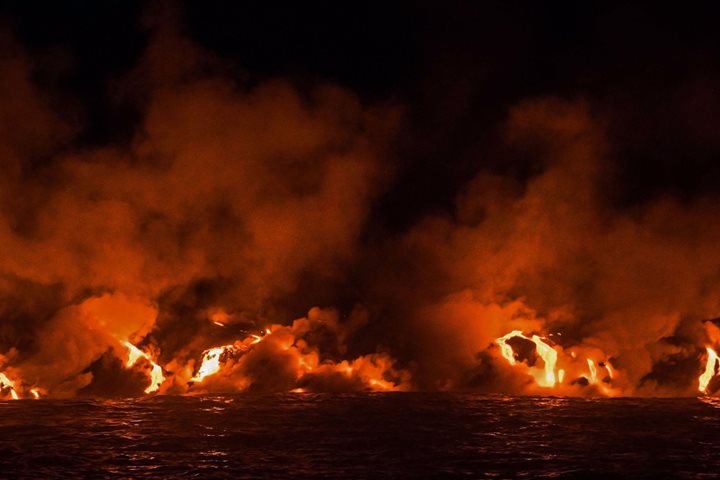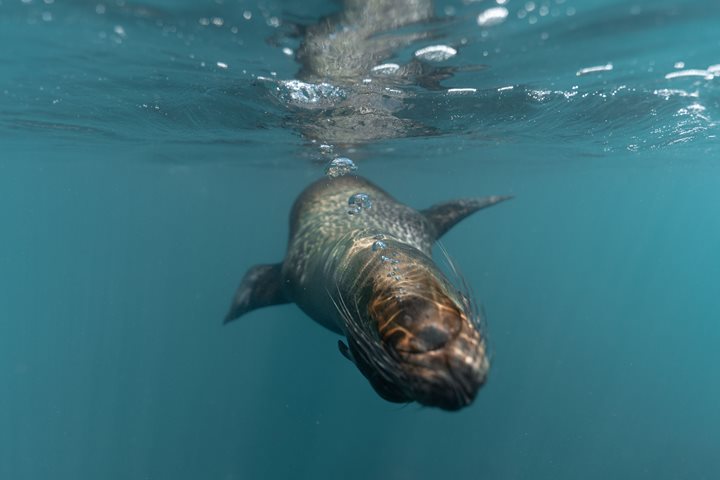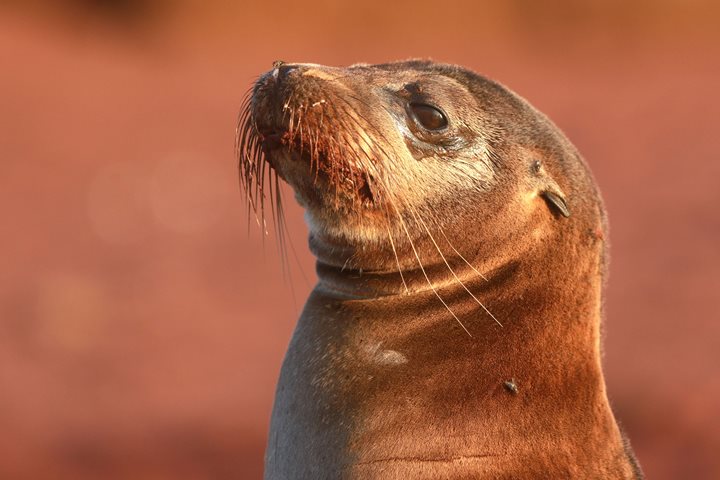Santa Cruz, or “Indefatigable” is the second largest island of the archipelago and the best place to observe giant tortoises in the wild. With its highlands covered with green vegetation and spring weather conditions, Santa Cruz showed us yet another face of Galapagos.
Early in the morning, we headed to the Galapagos National Park dock to visit the giant tortoises in captivity. We observed the efforts made by local people trying to protect and keep the lineage of this emblematic species unique in the world. We started by visiting the smallest tortoises, which had left the incubators only a few months ago. Next, we saw the female and male corrals. We could appreciate the difference in the size and shape of their carapace. Lastly, we saw the corral of “Super Diego,” responsible for the increase of Espanola Island’s population - from little more than a dozen, to almost three thousand individuals.
After the Galapagos National Park, we visited the farm of the Gallardo family, a place located in the highlands where our guests had a chance to cross one of the largest lava tunnels of the island. These wide tunnels were created after a powerful eruption occurred more than a million years ago. Our walk was illuminated, which allowed us to observe calcium carbonate rests located above us. A result of thousands of years of organic material filtering through the rocks that formed this unique place. Afterward, higher in the highlands, we visited “El Trapiche” one of the oldest farms on the island. The owner, Mr. Adriano Cabrera, showed us the complete process of producing sugar and alcohol from sugarcane juice; the same process used by him and his family for more than 40 years. This plantation not only produces sugarcane but also coffee, avocado, papaya, Cuban cedar and banana trees. This rustic and unique place was like traveling back in time, and we enjoyed this incredible moment!
After a delicious lunch on the “El Manzanillo” farm, our expedition leader Lynn, divided us into different groups, each one on a mission to observe giant tortoises in their natural environment. We found them everywhere; along the road, climbing hills, resting inside muddy puddles or feeding on grass. We observed males and females of different sizes and ages roaming freely and indifferently close to us. We crossed a small lagoon covered with green algae and water ferns along the shore, while some pintails and moorhens fed on small organism along this path.
It was late when the temperature began to decrease a bit more. The air contained the aroma of the sea, and the sky was dotted with land birds flying back to their nests, as if telling us the day was coming to an end. We were left with great memories of this beautiful island.

